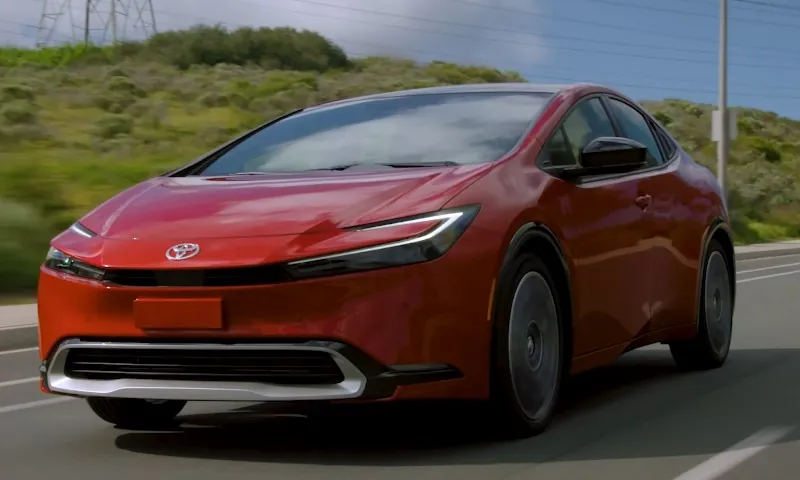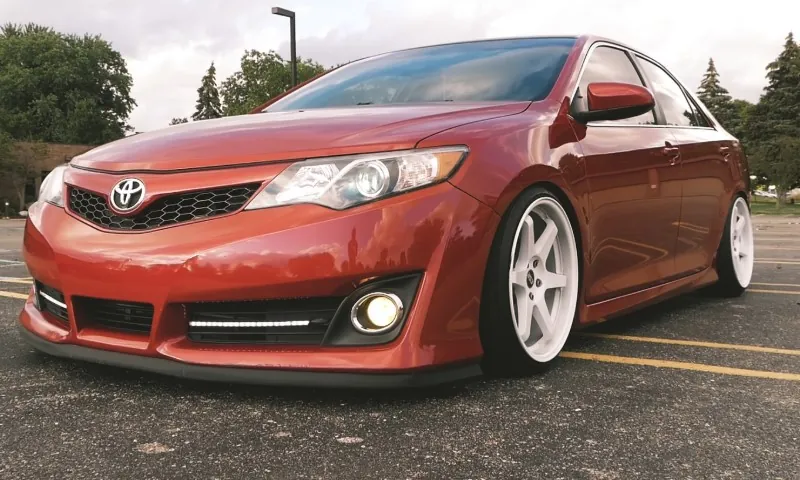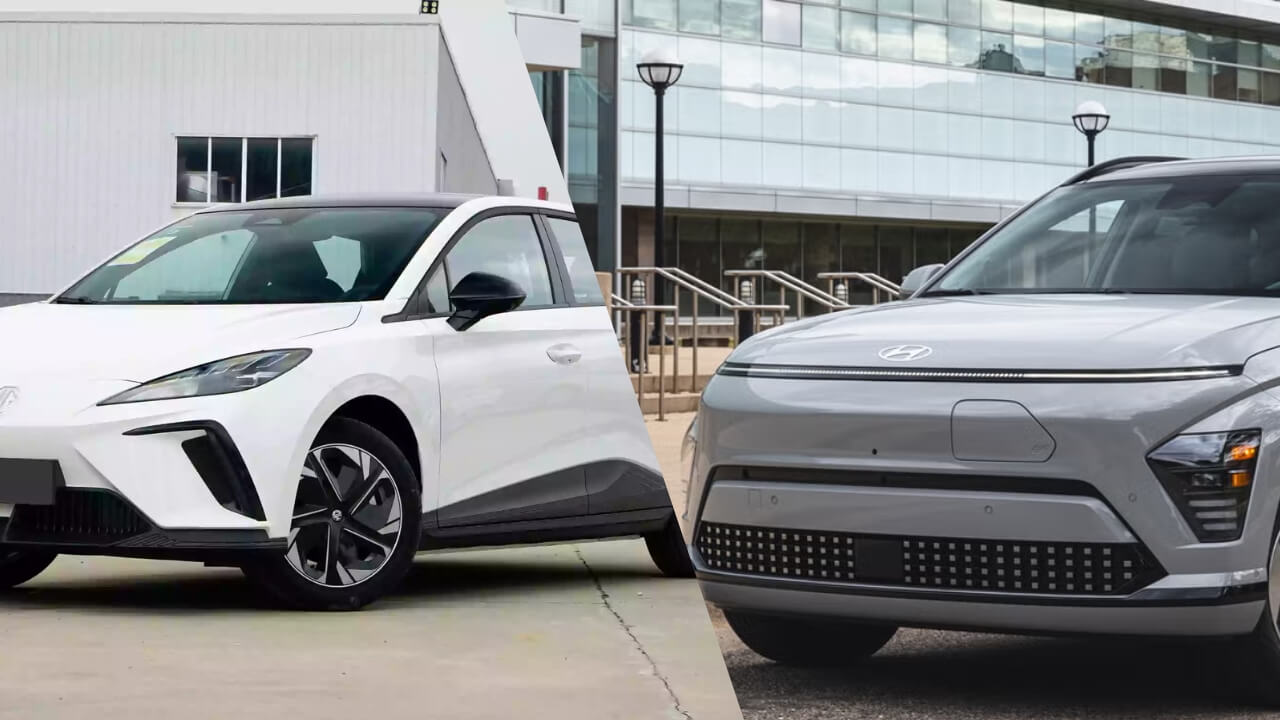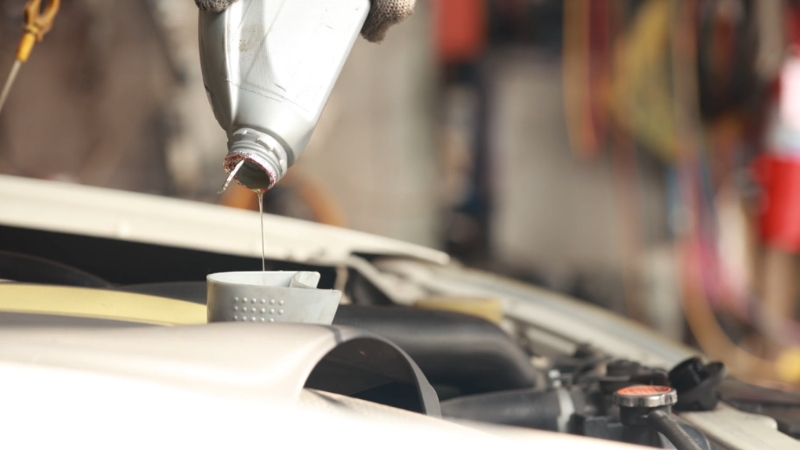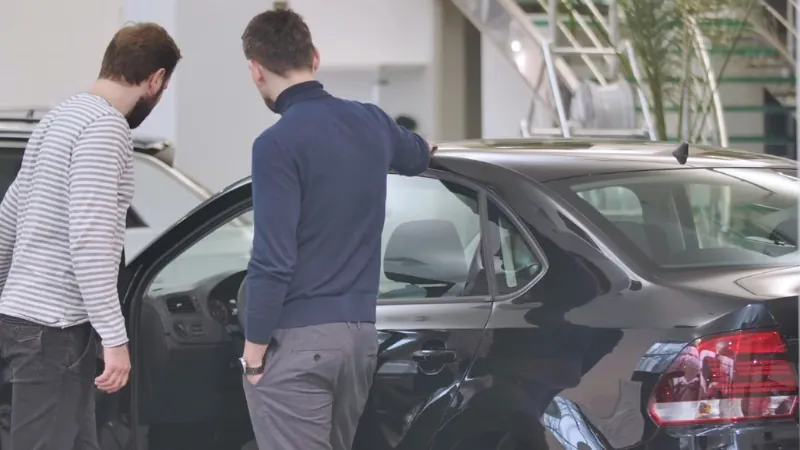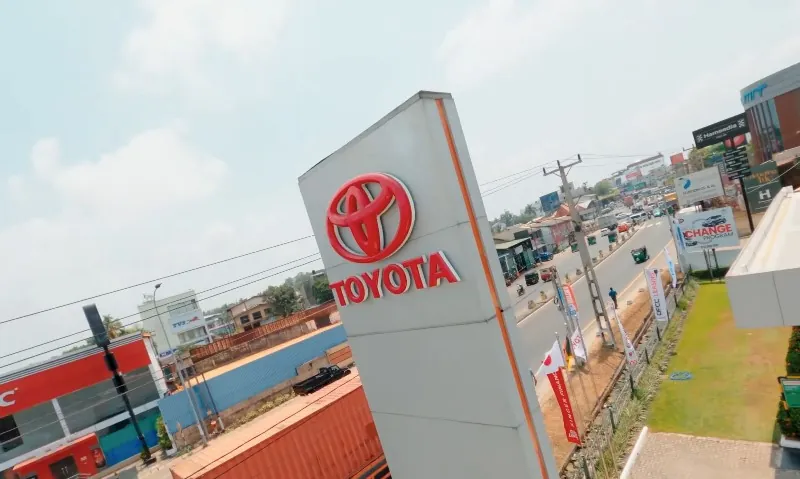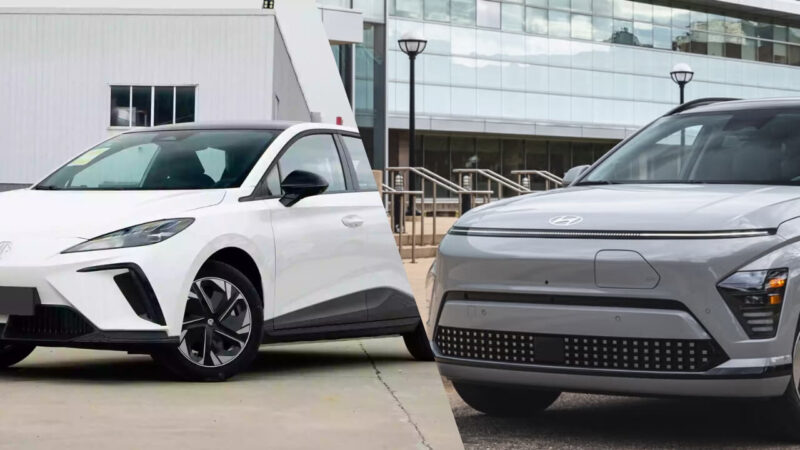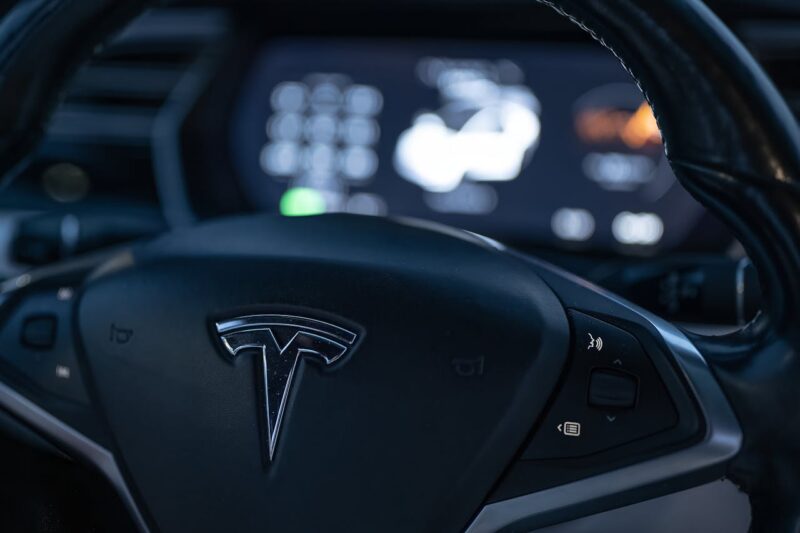
Share Post:
Shopping for a Tesla in 2025 feels a little different than it did just a few years ago. The vehicles are still among the most recognizable EVs on the road, but the way you pay for one has evolved.
Federal credits can now be applied instantly at purchase, Tesla is running promotions with hard deadlines, and lease buyouts are back after a few years of being unavailable.
Your bottom line can shift dramatically depending on whether you lease, finance with a loan, or pay cash.
Each option has its quirks, and the smartest choice depends on how long you plan to keep the car, how many miles you drive, and how comfortable you are with tying up cash or taking on a loan.
With that said, we prepared a detailed guide to help you compare Tesla’s 2025 financing paths side by side, complete with real numbers, current incentives, and practical examples.
Table of Contents
ToggleQuick Facts Every Buyer Should Know First
Before we get into each option, here are a few important points about Tesla’s 2025 financing environment:
Federal Clean Vehicle Credit at Point of Sale
Qualifying buyers can transfer the $7,500 clean vehicle credit directly to Tesla at purchase. It shows up as an immediate price reduction rather than waiting until tax season. Income, MSRP, and battery sourcing rules still apply.
While you’re calculating how the $7,500 credit lowers your purchase price, it’s also smart to explore options for Tesla car insurance to get a full picture of ownership costs.
Tesla’s Incentive Window
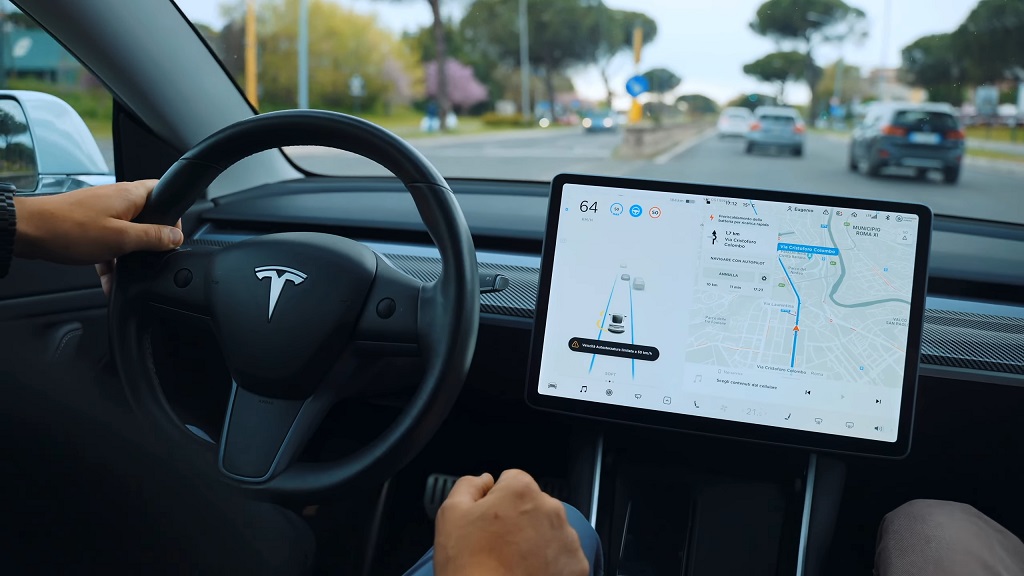
Tesla currently advertises that federal purchase incentives and lease promos apply through September 30, 2025. Always double-check the language in your Tesla account before locking in.
MSRP Caps
For retail purchase credits, the Model 3 must be $55,000 or under, and the Model Y must be $80,000 or under. Not all trims qualify.
Leasing Buyouts are Back
As of November 27, 2024, Tesla reinstated lease-end purchase options. Fees apply, and availability may vary by state.
State and Local Perks
Many states still stack rebates, tax breaks, or HOV lane access. Check the Department of Energy’s AFDC tool for what applies in your ZIP code.
Option 1: Lease a Tesla in 2025
Leasing a Tesla in 2025 gives you a way to keep monthly payments lower while still driving the newest models, but it comes with mileage limits and fees you’ll want to weigh carefully.
How Tesla Leases Work Now
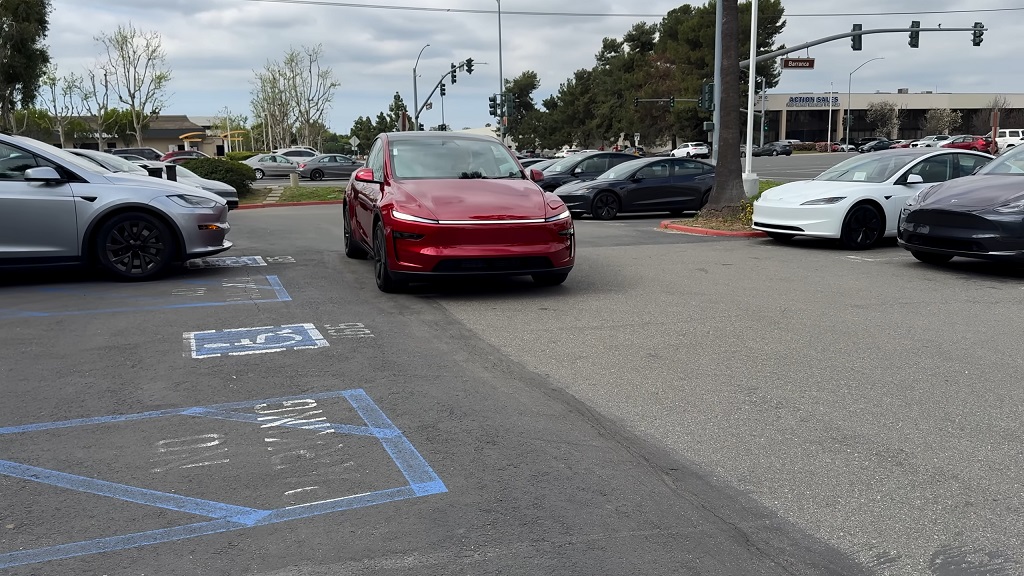
Leasing a Tesla is fairly straightforward through the Tesla app or website. You’ll see a capitalized cost (similar to the vehicle’s adjusted price), a residual value (what the car is expected to be worth at lease end), and a money factor (the financing charge).
A few terms to keep in mind:
- Residual value: Higher residuals usually mean lower monthly payments. Typical 36-month EV leases fall in the 45 to 60 percent range.
- Money factor: To compare with loan APRs, multiply the money factor by 2,400. Example: 0.00125 ≈ 3% APR.
- Fees: Tesla charges an acquisition fee at signing and a purchase or disposition fee at lease end. Extra miles are billed around $0.25 each.
What Tesla Offers in 2025
- $7,500 lease incentive: Tesla is currently advertising a lease incentive that effectively lowers your monthly payment if you sign during promo windows. The cutoff date lines up with the federal retail credit window: September 30, 2025.
- Mileage terms: Annual mileage limits apply – usually 10,000 to 15,000 miles. Go over, and you’ll pay per mile.
- Flexibility at lease end: You can now buy out the car if it makes financial sense.
Example Lease Numbers
Take a 2025 Model Y Long Range RWD with a $44,990 MSRP.
- Residual: 55 percent
- Money factor: 0.00125 (~3% APR equivalent)
- Base lease payment: About $650 per month before tax and fees
- With $7,500 incentive applied: Drops closer to $432 per month before tax and fees
That’s a dramatic difference, showing how Tesla’s lease incentive can change affordability.
Who Leasing Fits Best
- You want the lowest monthly outlay for 2–3 years
- You’re comfortable with mileage limits
- You prefer to avoid resale risk if used Tesla values decline further
- You might buy at lease end if the buyout looks attractive
What to Watch
- Factor in acquisition, purchase, or turn-in fees
- Budget for extra miles if you commute heavily
- Keep an eye on incentive end dates
Option 2: Finance with a Loan
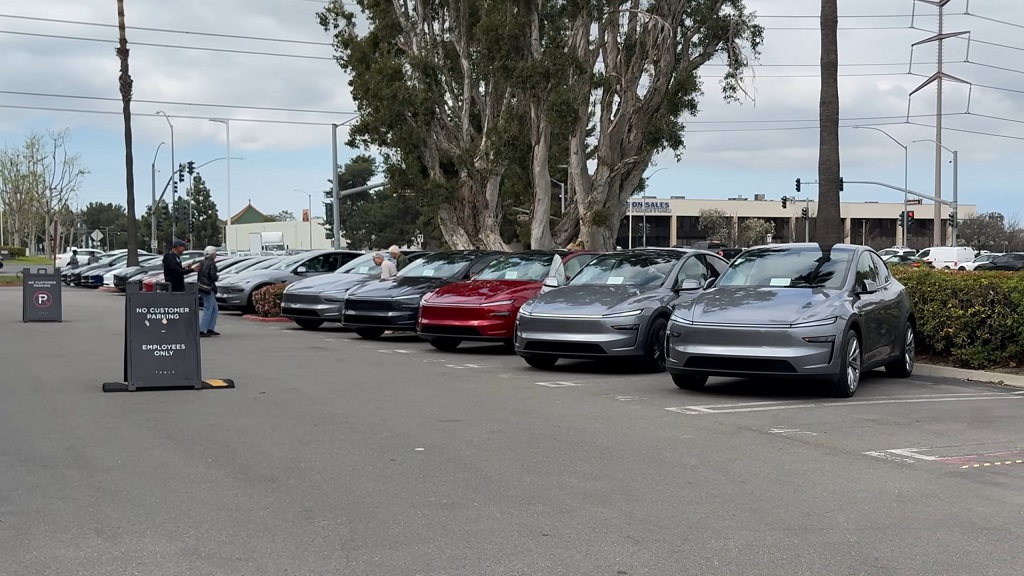
Financing a Tesla with a loan spreads the cost over time while letting you own the car outright. It’s the path for long-term drivers who value flexibility.
Why Loans Appeal in 2025
Loans give you ownership. That means no mileage caps, the ability to sell or refinance at any time, and the chance to hold onto the car for 6–10 years if you want.
Two consumer tips stand out:
- Shop multiple lenders: The Consumer Financial Protection Bureau notes that comparing lenders can save thousands over the life of a loan.
- Focus on APR: It includes interest plus certain fees, making it a clearer apples-to-apples comparison.
Tesla sometimes promotes APR specials, such as 3.99 percent APR offers for well-qualified buyers in 2025.
Federal Credit Advantage
The point-of-sale transfer of the federal credit is a huge shift. Instead of waiting until tax season, eligible buyers apply it instantly to their purchase. That lowers either your down payment or the amount financed.
Example Loan Numbers
Same 2025 Model Y Long Range RWD, MSRP $44,990.
- Federal credit applied: Lowers purchase price to $37,490 before tax and fees
- Down payment: 10 percent
- Loan term: 72 months at 3.99 percent APR
- Estimated payment: ~$528 per month before taxes
Who Financing Fits Best
- You plan to keep the car 5+ years
- You drive a lot and don’t want mileage restrictions
- You qualify for the retail federal credit and want to apply it upfront
What to Watch
- EV resale values are volatile. If you plan to sell in 2–4 years, budget carefully.
- Some trims don’t qualify for credits even if the base version does. Check inside the configurator.
- Look for state or utility rebates that stack with the federal benefit.
Option 3: Pay Cash
Paying cash for a Tesla cuts through all the paperwork and interest charges. It’s the simplest route, but it comes with tradeoffs worth weighing.
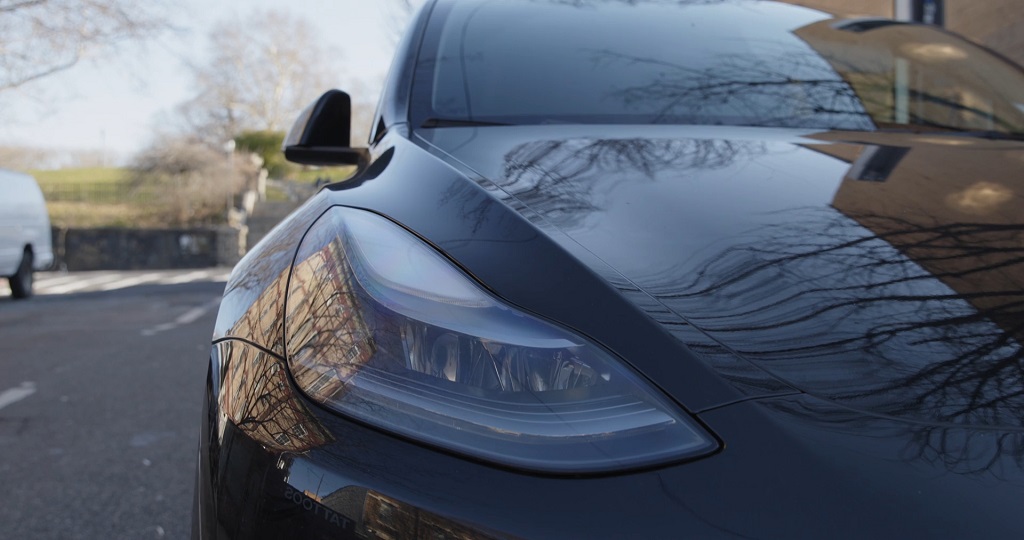
Why Buyers Choose Cash
Paying cash skips interest and lender fees entirely. It can also speed up delivery since there’s no financing paperwork. Many buyers also like the simplicity – no monthly bill, no credit checks.
Opportunity Cost
The tradeoff is what that money could have earned elsewhere. The SEC’s compound growth calculators show how investments can grow over 5–7 years. If your portfolio could beat a 3.99 percent loan rate, financing may leave you better off financially.
Who Pays Cash Fits Best
- You want total simplicity and no financing at all
- You plan to keep the car for years
- You qualify for the federal credit and prefer to see it applied immediately as a price reduction
What to Watch
- Don’t empty your emergency fund for a car purchase
- Compare long-term investment returns against the cost of interest you’d avoid
How Incentives Really Work in 2025
- Federal clean vehicle credit: Still in law through 2032, but eligibility depends on MSRP caps, income thresholds, and battery sourcing. In 2025, Tesla’s official language pegs incentive availability through September 30, 2025.
- Leasing incentives: Leases don’t qualify for the retail tax credit, but Tesla’s $7,500 lease incentive mimics the effect.
- State/local programs: Some states add $2,000–$5,000 rebates, utility discounts, or even HOV lane perks. Always check AFDC’s database.
Lease vs Loan vs Cash (Model Y Example)
To keep things apples-to-apples, here’s a simplified comparison on a 2025 Tesla Model Y Long Range RWD, MSRP $44,990. Taxes and state fees vary, so consider these directional estimates.
| Option | Key Assumptions | Monthly Cost / Total Impact |
| Lease (36 months) | Residual 55%, MF 0.00125 | ~$650/month before credit; ~$432/month with $7,500 incentive |
| Loan (72 months) | Price reduced to $37,490 after $7,500 credit; 10% down; 3.99% APR | ~$528/month before taxes |
| Cash | Full payment upfront, minus $7,500 credit if eligible | ~$37,490 upfront, no monthly payments |
How Depreciation Plays Into the Decision
Leasing stands out when resale is uncertain. Independent data shows EV prices, Teslas included, have fallen year over year. That’s great for used buyers but risky if you plan to resell in 2–4 years.
Leasing pushes that risk back on Tesla’s finance arm. Meanwhile, financing or cash purchases leave you with the upside (if values stabilize or rise) but also the downside (if values continue dropping).
Decision Guide
| Situation | Likely Best Option | Why |
| You want the lowest monthly payment for 2–3 years | Lease | Lease incentive lowers cost, resale risk shifts away from you |
| You keep cars 6–10 years and dislike mileage caps | Loan | Own the car long term, benefit from total cost savings |
| You have cash reserves and want simplicity | Cash | No interest, no lender fees, just be mindful of investment tradeoff |
| You qualify for the retail credit and want it instantly | Loan or Cash | The credit applies at purchase as an immediate reduction |
| You might buy at lease end | Lease | Tesla reinstated buyouts, adding flexibility |
Pro Tips to Save Real Money
- Get preapproved before you configure: Banks and credit unions often offer competitive APRs.
- Compare money factor vs APR properly: Multiply the lease money factor by 2,400 to line it up with loan APRs.
- Check trim eligibility for credits: Don’t assume every Model 3 or Model Y qualifies.
- Stack state and utility perks: Some utilities offer home charging rebates that make ownership cheaper.
- Think long-term depreciation: If you plan to resell in 3 years, leasing could shield you from potential losses.
Bottom Line
Tesla has made it easier in 2025 to tailor financing to your needs. If you’re after the best all-around value and plan to keep the car for 5 years or more, a loan with the point-of-sale federal credit often strikes the balance between cost and ownership freedom.
If your priority is the lowest monthly payment today, Tesla’s $7,500 lease incentive can put you in a new Model 3 or Model Y for less than you might expect. The reinstated buyout option also gives you an out if you fall in love with the car.
If you prize simplicity and zero interest, paying cash still works – just remember to weigh what that money could earn elsewhere.
Whatever option you choose, check the September 30, 2025 deadline on Tesla’s official pages, confirm eligibility for credits, and look for extra rebates in your state. A few hours of prep can save you thousands and help you drive off with confidence.
Related Posts:
- Tesla Model Y vs. Hyundai Ioniq 5 – Real-World…
- How Long Does It Really Take to Charge a Tesla?
- 20 Cars That Look Like Spaceships - Best Futuristic…
- What Are the Best Home Chargers for the Nissan LEAF in 2025?
- 15 Best Electric Cars Under $50,000 in 2025 -…
- 10 Best Cars of the 2010s That Still Feel New in 2025



